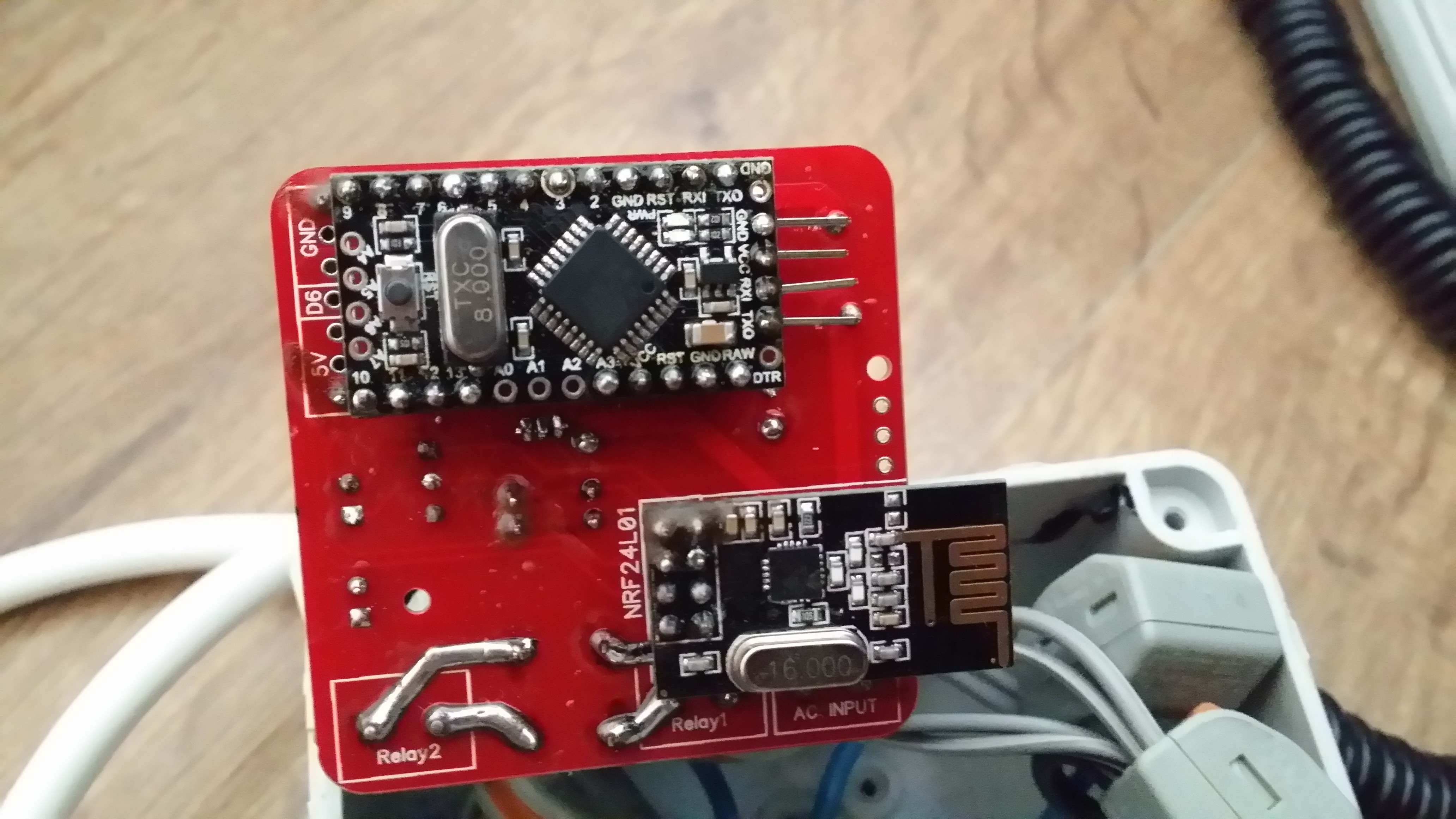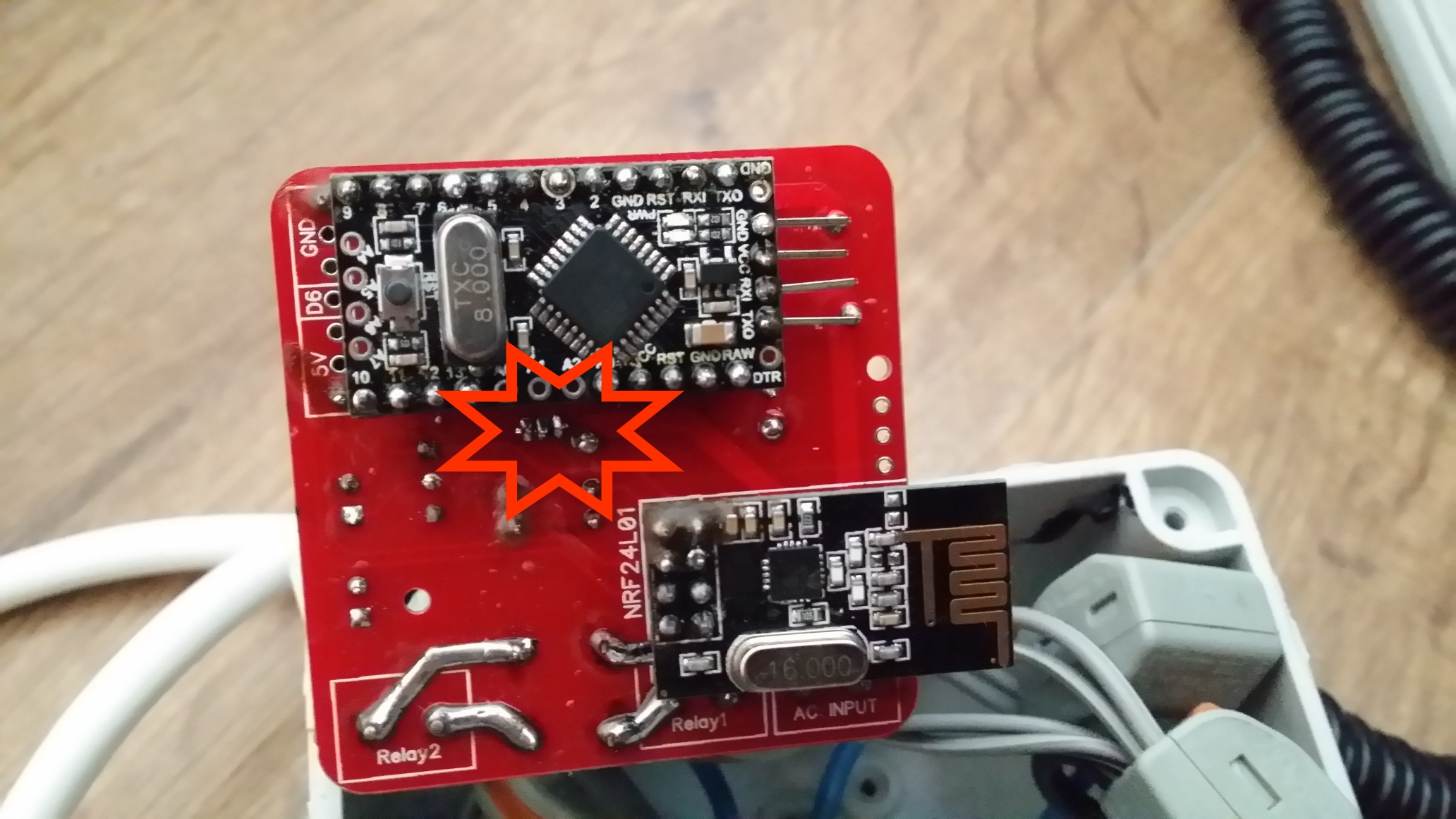💬 AC-DC double solid state relay module
-
Hello.
I would like to ask whether it is normal that the switch does not work if the server domoticz off? I want to use the switch only crash server :flushed: now i cant@okos said:
Hello.
I would like to ask whether it is normal that the switch does not work if the server domoticz off? I want to use the switch only when I have a server crash and now does not work.:flushed:That's a problem of MySensors, if you don't have physical switches connected directly on your node you are depending on a functionnal gateway/controller to run... That's why I'm going more toward the "upgraded" livolo-style wall switch now, even if the radio is down you can still maintain basic functionality of the switch. This board can do it but you need to have neutral wire in the switch box which I don't have :(
-
Hello.
I would like to ask whether it is normal that the switch does not work if the server domoticz off? I want to use the switch only crash server :flushed: now i cant -
@okos Unfortunately current mysensors version won't allow to 'boot' your code before their module connects to a controller. This is a main reason I moved to ESP8266 hardware.
-
Thanx for the answers
This is not good news from the switch does not work without a server. Mr.const, Do you use esp8266 in domoticz to control the light?edit: hek, I not noticed your post.
What changes adding this?#define MY_TRANSPORT_DONT_CARE_MODE #define MY_PARENT_NODE_ID 0``` -
You can disable this behaviour by defining:
#define MY_TRANSPORT_DONT_CARE_MODE #define MY_PARENT_NODE_ID 0 -
You can disable this behaviour by defining:
#define MY_TRANSPORT_DONT_CARE_MODE #define MY_PARENT_NODE_ID 0 -
You can disable this behaviour by defining:
#define MY_TRANSPORT_DONT_CARE_MODE #define MY_PARENT_NODE_ID 0 -
Hello.
I tried to upload my two boards ( arduino pro mini 8Mhz , 3,3 V ) modified sketches but returned to sketch Nca78 (with DS18B20), unfortunately, does not operate a physical switch. Sometimes phisical switch changes state in domoticz ( not every time ) but relays do not change state.
Switching on and switching off the lights of domoticz changes state relay without a problem.
What could be wrong ? -
@ludoarchi ![alt text]

-
@ludoarchi ![alt text]

-
That's where the biggest problem is on this board. I think the previous revision without the DS18 is safer, here there is less than 2mm creepage/clearance between main and low voltage traces and solder points, not enough :(

There's also problem of mixing both main/low voltage everywhere in the board like near the NRF24.
